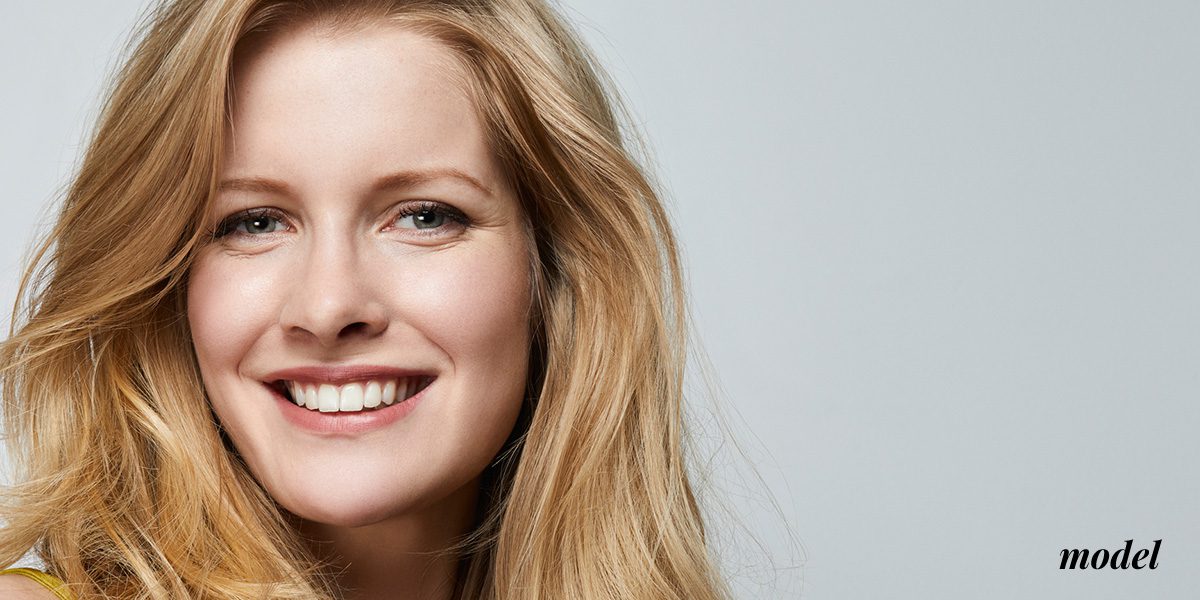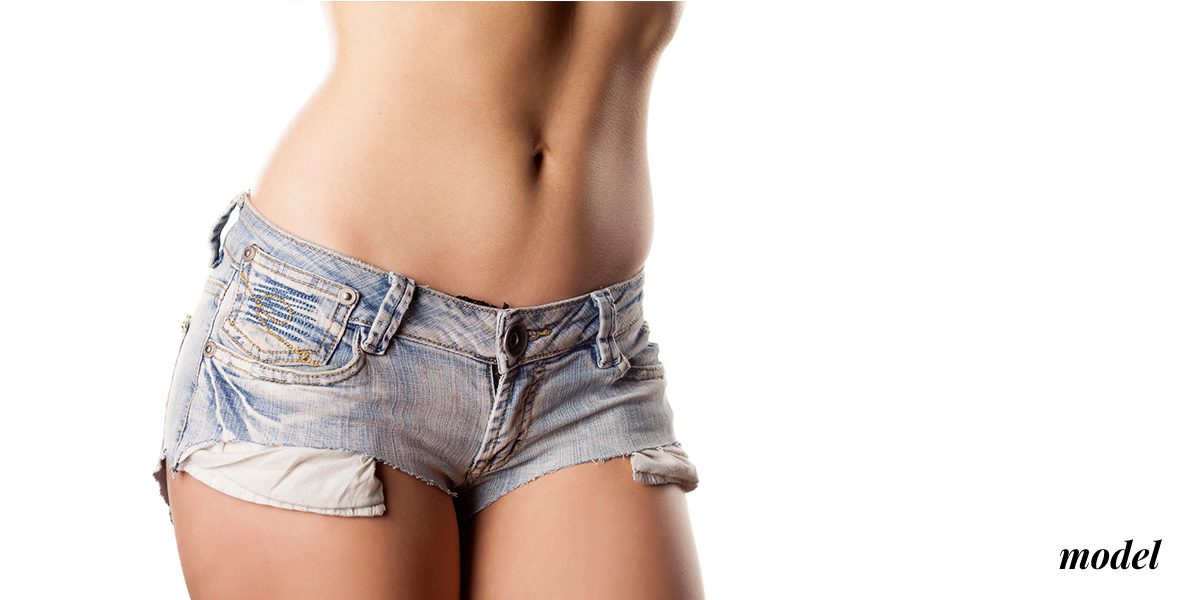The Pros and Cons Of Each Breast Augmentation Incision Type

If you are considering breast augmentation surgery in Omaha, one of your main concerns might be scarring. How are the implants going to be inserted into your breasts? Will you have noticeable scars? Dr. Ayoub at Omaha’s Westfield Plastic Surgery Center specializes in four breast augmentation incision types and has written this blog post to explain each incision type, the pros and cons, and why you might choose a particular incision type over another for your Omaha breast augmentation surgery.
Incision Type #1: Inframammary Fold (Under the Breast)
An inframammary fold incision is placed along the bottom of the breast, in the crease, or fold, near the area where the breast meets the rib cage. Once an inframammary fold incision is made, a breast implant can be placed above or below the pectoral muscle. Surgeons like inframammary fold incisions because the proximity to the breast allows them to better control bleeding during the surgery, and gives them better control in placing the implant and creating breast symmetry. Many patients like this incision because while it will leave a scar, a bra line, bikini line or the breast itself, will easily hide it. One con of this incision type is that if you decide to change the size of your implants in the future, the inframammary incision cannot be reused, and a different incision will have to be made. It can also damage milk ducts, so this incision type is typically not recommended for younger women who plan to breastfeed their children in the future.
Incision Type #2: Periareolar (Around the Nipple)
A periareolar incision is typically made along the curve of the bottom of the areola, or nipple, right where the darker colored skin meets the lighter colored skin. Once the incision is made, a pocket is created for the breast implant, which is placed either above or below the pectoral muscle, depending on the patient’s preference. Just like with the inframammary fold incision, doctors like the periareolar incision due to the proximity to the breast that makes creating symmetry easier, and ease of controlling bleeding during the procedure. Patients typically like how the natural coloring of the areola disguises scars. However, if for some reason the scar has trouble healing, it may appear raised and be more noticeable with a periareolar incision. Periareolar incisions can also sever milk ducts, so they typically aren’t recommended for women who plan to breastfeed in the future.
Incision Type #3: Trans-axillary (Under the Armpit)
This under the armpit incision is popular for women getting smaller implants, from about 200cc to 350cc in size. Since a natural fold exists in the armpit, it is easy for a skilled plastic surgeon to create the incision, make a channel to the breast and then a pocket for the implant. Many women like the trans-axillary incision because it leaves the breasts untouched and unscarred. However, a trans-axillary scar can’t be reused, so if a second breast augmentation surgery is required in the future, a new incision type will have to be made.
Incision Type #4: Trans-umbilical Breast Augmentation (Through the Navel)
A trans-umbilical incision, also called at TUBA incision, is a popular incision type in which empty implants and inserted through the navel and up to the breast, then inflated. Many patients like TUBA because the scar is hidden in the belly button. However, some surgeons will warn that since a TUBA incision is working so far away from the breast, that it can be difficult to achieve natural or symmetrical looking results from this incision type.
You can read about breast augmentation on the Internet as much as you want, but the best way to know which option is right for you is to talk to Omaha Dr. Ayoub yourself and have a complete examination with him. Call his Omaha office today to schedule a consultation at (402) 829-6384.








 Did you know we have an online store??
Did you know we have an online store??